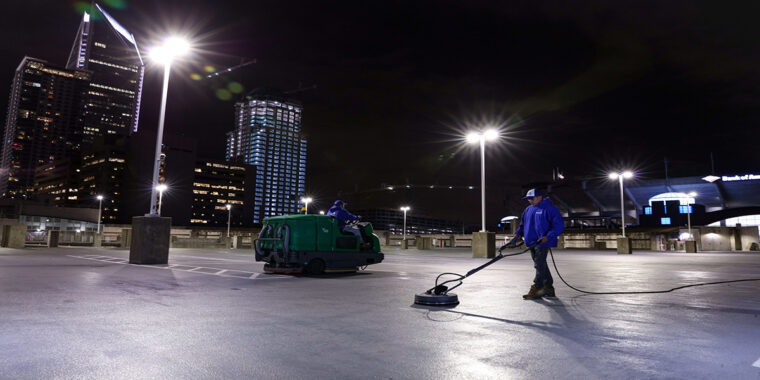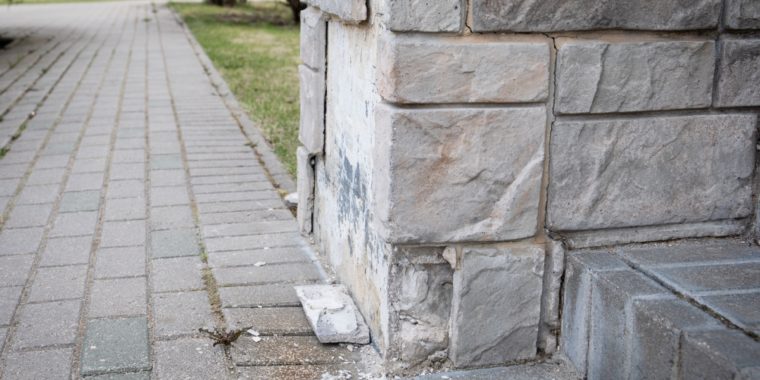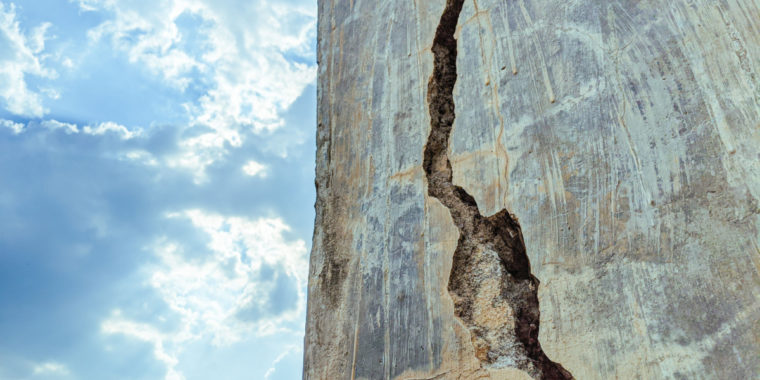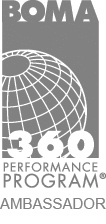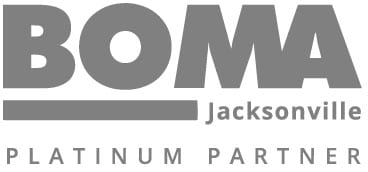Parking garage maintenance is more than just keeping the structure clean. It’s about ensuring people’s safety, preserving a building’s aesthetic, and reducing costs while increasing the likelihood of return visits. The parking garage is your visitors’ first point of entry, from businesses to healthcare facilities, public buildings and more. You only get one chance at a first impression.
To ensure your parking garage cleaning services are optimal and sustainable, it’s best to take a data-driven approach to how often you should clean while being cost-effective and proactive. This guide will walk you through our recommended approach for your parking garage maintenance and how to identify the problems neglect can cause that professional cleaning can fix.
The Basics of Parking Deck Maintenance
Maintaining a parking deck starts with addressing daily use, fluctuating temperatures, and weather, all of which can damage the structure and compromise safety. Recognizing these challenges and implementing protective measures ensures longevity and security for users.
Environmental & Structural Challenges
De-icing salts during the winter, leaking oil fluid from a faulty oil filter, and carbon from vehicle exhausts can all weaken the concrete and structural elements, like steel reinforcements bars, necessitating regular through cleanings. Scheduling parking garage cleaning services, including regular pressure washing, helps to eliminate the contaminants vehicles track in, so that your parking garage will be functional for years to come.
The Financial Benefits of Regular Parking Garage Maintenance
If you want to extend the lifespan of your parking garage, allocating budget towards your parking garage maintenance is critical. This will ultimately save you money in the long term by preventing major damage and ensuring your parking area remains safe and functional no matter how busy it becomes.
Extending the Lifespan of Your Parking Deck With Preventative Maintenance
A parking garage’s aesthetic is a clear indicator of its health, and the right cleaning techniques can have a direct impact on extending the lifespan. A multi-story garage may suffer damage due to chloride buildup from road salts. Without regular cleaning, the salts can cause serious corrosion, leading to broken post-tension cables and delamination of the concrete slab, which can become major safety risks for tenants and visitors. Fortunately, a regular cleaning schedule with a meticulous provider like Valcourt can lead to those structural issues being discovered and brought to the property manager’s attention for repairs. Regular pressure washing can also help remove those harmful salts and contaminants, extending the garage’s lifespan while also making it look healthier.
Cleaning strategies should also factor in unique climate conditions. Coastal garages, like in Florida, are more prone to sand and water being carried in, so they require frequent sweeping, vacuuming, and pressure washing of the floors and drainage areas to preserve the aesthetic and make sure water can drain effectively from the garage. Garages in dry areas, like Arizona, may need regular cleaning and inspection to spot any cracking due to thermal expansion. Parking garage cleanings assist in detecting any damage early, and ultimately help avoid high-cost structural repairs.
Safety and Aesthetics – Why Cleanliness Matters
Parking garage cleanliness is about more than just about structural integrity. The pristine and professional aesthetic of well-maintained parking decks helps make people feel safe and comfortable, creating an inviting space for visitors. Regular maintenance also prevents hazards, like oil slicks or debris, while promoting a well-lit, orderly environment. This fosters trust and leaves a lasting impression on your visitors and tenants that can to a long way.
Impact of Cleanliness on Safety
The National Crime Victimization Survey notes that more than 1 in 10 property crimes occur in parking lots or garages. Maintaining your parking garage can help curb this trend. Proper lighting has not only been shown to reduce nighttime crime by up to 36% by giving the perception of safety by eliminating dark hiding spots for criminals, but it can also help visitors see spills, debris, or anything that can cause them injury.
Ensuring signage, mirrors, and stairwells are visible and functional will lower the risk of traffic collision by eliminating blind spots and helping visitors navigate around safely. Cleaning pipes and eliminating grease that’s built up from vehicle traffic can keep essential fire safety devices, like ventilation and fire suppression systems, from being clogged when they’re needed. All in all, regular parking garage cleaning can mitigate liability from any accidents, help you meet compliance requirements, and save money in fines.
First Impressions & Customer Retention
A sense of calm and trust usually comes over most visitors and tenants when they enter a well-maintained, clean parking garage because it’s their first impression of a business. The attention to detail conveys a level of professionalism and care.
Key Components of an Effective Maintenance Program
A successful parking garage maintenance program hinges on understanding the right frequency of service, applying proper techniques, and adhering to environmental standards. To make your parking garage cleaning more effective, follow these five keys that we recommend every facility manager to implement immediately:
- Frequency of Cleanings: The frequency of the parking area cleaning depends on the garage’s climate, traffic, and time. Garages in temperate areas like Los Angeles need annual cleanings, while those in humid regions like Miami require semi-annual cleanings. You can also regularly clean throughout the year by focusing on one floor at a time if that works best for your schedule. Adjustments should be made based on vehicle traffic and weather exposure.
- Cleaning Techniques: Pressure washing is ideal for removing grease, oil, and de-icing salts from large surfaces. Using a big ride-on scrubber can also help with cleaning large areas, helping visitors and tenants to navigate parking areas safely and efficiently.
- Environmental Compliance: Follow the EPA’s Clean Water Act by reclaiming water used during cleaning to prevent contaminants from entering the draining system and avoid fines.
- Safety Protocols: Conduct a pre-service risk assessment to identify areas to block off and protect workers and visitors. Document the cleaning process to comply with safety regulations and ensure accountability so nothing gets lost in translation. To minimize disruptions for tenants and visitors, schedule cleaning during low-traffic periods, and provide clear signage that lets people know where and when cleaning will be done.
- Choosing a Vendor: Select a vendor with strong safety management, experience in customizing cleaning schedules, and an excellent track record. Using a single vendor streamlines operations, ensures consistency, and provides a single point of contact for your property’s cleaning needs.
Transform Your Parking Garage by Selecting the Right Maintenance Partner
Routine parking garage cleaning services impact more than just parking—they enhance safety, save building owners significant costs in the long run, and keep visitors comfortable with returning. Regular cleanings can also extend a parking garage’s lifespan by decades by making issues visible early.
Valcourt’s attention to detail with its parking garages cleaning services will make all the difference on the health of your parking garage. We’re well-equipped to handle any mess with our specialized pressure washer equipment, perfect for commercial garage cleaning services.
We also practice sustainable cleaning and ensure that your parking garage issues do not affect the surrounding environment. Our instant wastewater recovery system prevents cleaning chemicals and debris from entering local waterways, while also reusing the water after oil and sediments are internally removed.
We customize our cleaning services to fit your unique needs. Here are a few of the comprehensive parking garage cleaning services we offer:
- Pressure washing facades, vertical and flat surfaces
- Debris and cobweb removal
- Detailed cleaning of pipes, mirrors and stairwells
A well-maintained parking garage can be a factor in your business’s success. Request a quote today to take the first step in transforming how people interact with your business.


